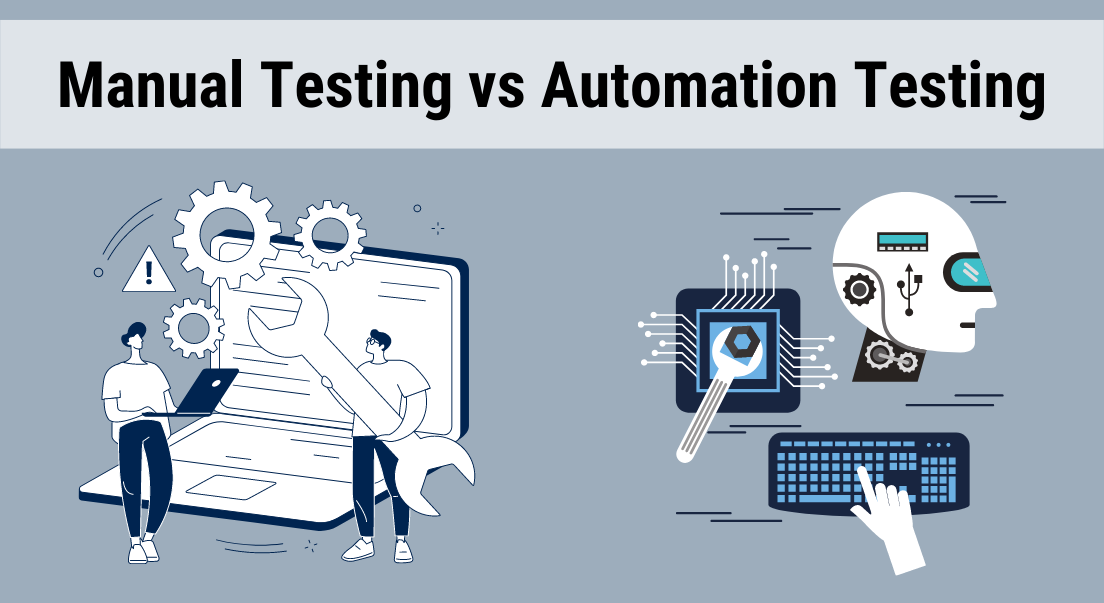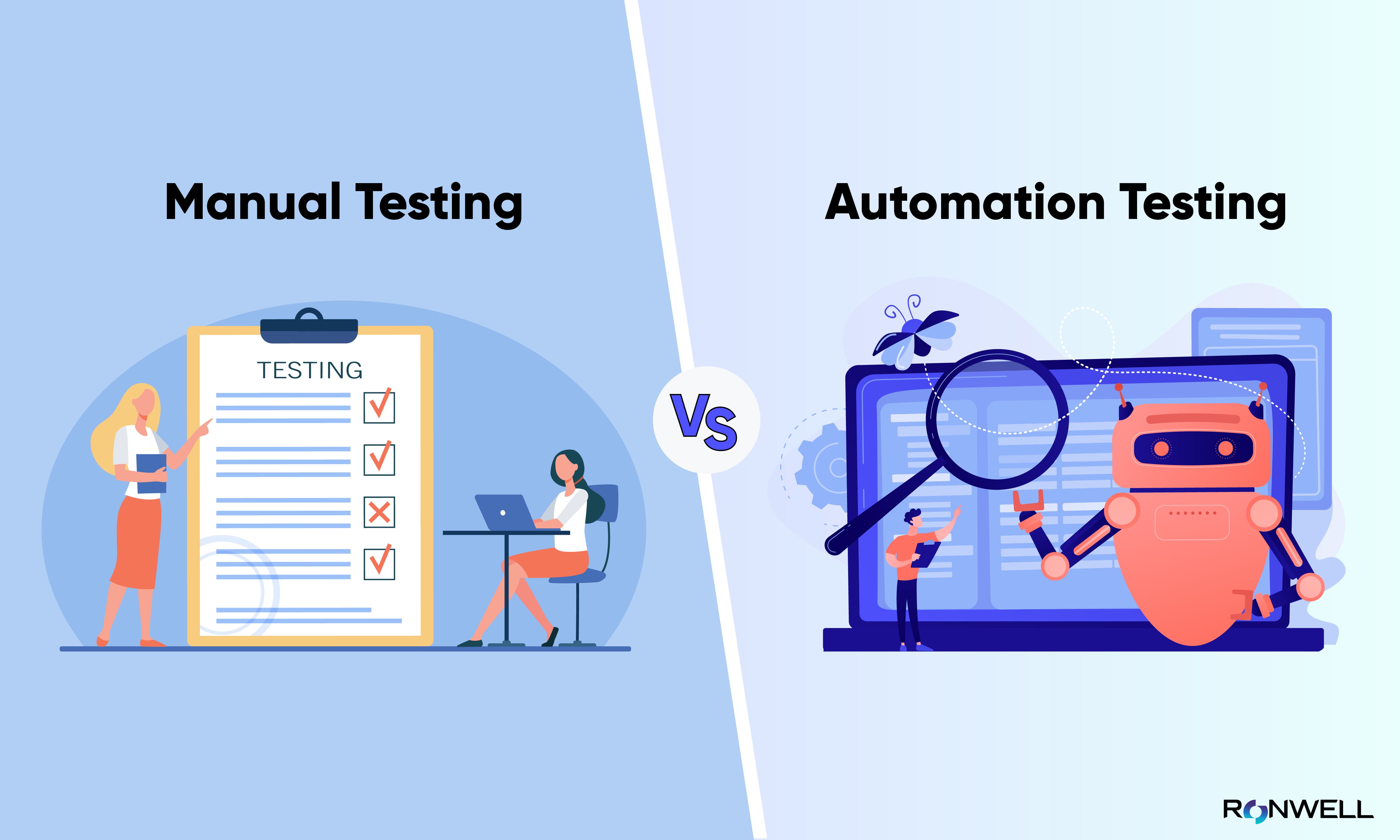From Manual to Automated Testing: A Comprehensive Overview to Transitioning Smoothly and Effectively
In the realm of software application screening, the change from handbook to automated processes has ended up being an increasingly vital transition for organizations seeking to improve effectiveness and precision in their testing practices. The trip from manual to automated screening is not without its difficulties, however when come close to tactically and with a clear strategy in mind, the advantages can be significant.
Benefits of Automated Testing
Automated testing supplies numerous advantages, enhancing effectiveness and accuracy in software development processes. One main advantage is the substantial reduction in testing time. Automated examinations can be run concurrently on several tools and running systems, dramatically speeding up the testing stage compared to hand-operated testing. This raised efficiency enables faster responses on the top quality of the software application, enabling developers to recognize and deal with problems immediately.
Additionally, automated screening guarantees a greater degree of precision in detecting flaws. Uniformity in testing is additionally improved, as automated tests perform the very same steps specifically each time they are run.
Selecting the Right Devices

To start with, examine your demands and purposes. Comprehend the range of your project, the innovations included, and the skill collection of your group. This evaluation will assist you identify the abilities and functions you require in your testing devices.
Secondly, consider the compatibility of the devices with your existing procedures and systems. Seamless integration with your present software growth lifecycle is vital to ensure a smooth shift to automation.
Furthermore, examine the scalability and adaptability of the devices. As your testing requires progress, the tools should have the ability to adapt and fit modifications successfully.
Lastly, variable in the assistance and neighborhood around the devices. Robust support and an active individual neighborhood can offer beneficial sources and help when implementing automated screening. By meticulously thinking about these elements, you can choose the right tools that align with your needs and set the stage for an effective shift to automated screening.
Creating Reliable Test Scripts

When crafting examination manuscripts, it is necessary to take into consideration the particular demands of the software being tested and make certain that the manuscripts resolve all essential capabilities. Detailed and clear calling conventions for test scripts click site and test situations can enhance readability and maintainability. In addition, integrating error handling systems within the test manuscripts can aid in identifying and attending to concerns immediately.
Furthermore, organizing test scripts right into modular components can boost reusability and scalability, minimizing redundancy and boosting efficiency in test manuscript upkeep. Normal testimonials and updates to evaluate scripts are essential to equal developing software program requirements and performances. By adhering to these concepts, testers can develop durable and reliable examination manuscripts that contribute dramatically to the success of automated screening processes.
Integrating Automation Into Workflows
Reliable combination of automation tools right into existing workflows boosts and improves procedures productivity within software advancement cycles. When integrating automation right into operations, it is crucial to determine repeated tasks that can be automated to conserve time and minimize human mistake. By seamlessly integrating automated screening tools like Selenium or Appium into the software program development lifecycle, groups can achieve faster responses on code modifications, resulting in quicker insect detection and resolution. This integration permits for constant screening throughout the development process, making sure that any type of issues are recognized at an early stage, causing higher software high quality. Additionally, automation can be used to trigger tests automatically after each code commit, providing prompt validation and maximizing testers to focus on even more facility circumstances. Appropriate combination of automation devices needs cooperation in between development, testing, and operations groups to establish a unified workflow that enhances efficiency and performance in supplying high-quality software application products.
Ensuring a Smooth Change
Effectively transitioning to automated screening entails precise planning and careful implementation to make the most of and decrease disruptions performance in the software advancement process - automation testing. To ensure a smooth transition, it is necessary to begin by conducting a thorough evaluation of the present screening processes and determining locations where automation can bring the most considerable benefits. Engaging with all stakeholders at an early stage in the procedure, consisting of developers, testers, and job managers, is important for garnering assistance and buy-in for the read this post here automation campaign
Interaction is key throughout this transition phase. Clear communication of the objectives, advantages, and expectations of automated screening aids to manage any kind of resistance or issues that might arise. In addition, giving appropriate training and resources for staff member to upskill in automation devices and strategies is important for ensuring an effective shift.
Conclusion
To conclude, transitioning from manual to automated screening provides various benefits, consisting of increased effectiveness and integrity. By selecting the appropriate tools, composing reliable test scripts, and integrating automation effortlessly right into workflows, organizations can make certain a smooth and effective transition. It is vital to welcome automation as a valuable property in software testing procedures to improve overall quality and efficiency.
In the realm of software application testing, the shift from handbook to automated processes has actually ended up being a progressively crucial change for organizations looking for to improve effectiveness and accuracy in their testing practices. Automated examinations can be run all at once on numerous gadgets and operating systems, considerably speeding up the testing stage contrasted to manual screening. Consistency in screening is also enhanced, as automated examinations execute the same actions specifically each time they are run.To ensure the his response effective execution of picked screening devices, the development of effective test manuscripts plays a critical function in validating the functionality and efficiency of automated processes - automation testing. By complying with these concepts, testers can create durable and reliable test manuscripts that add substantially to the success of automated testing processes